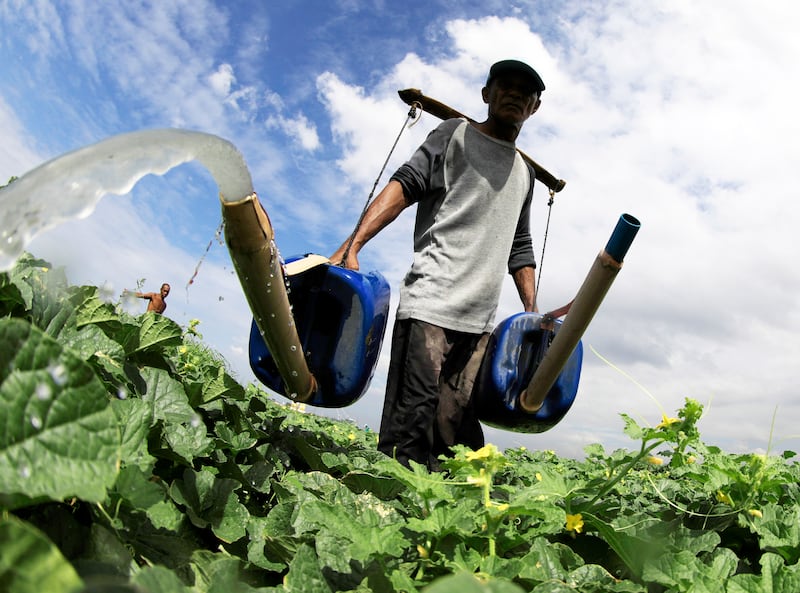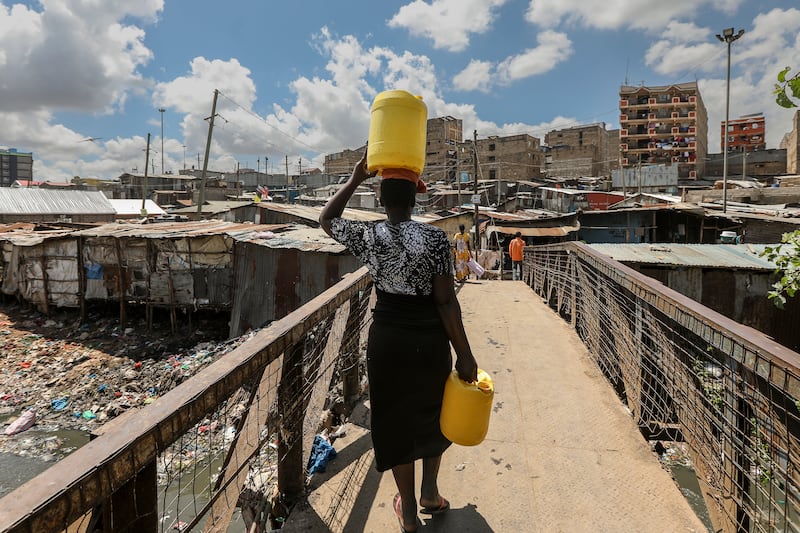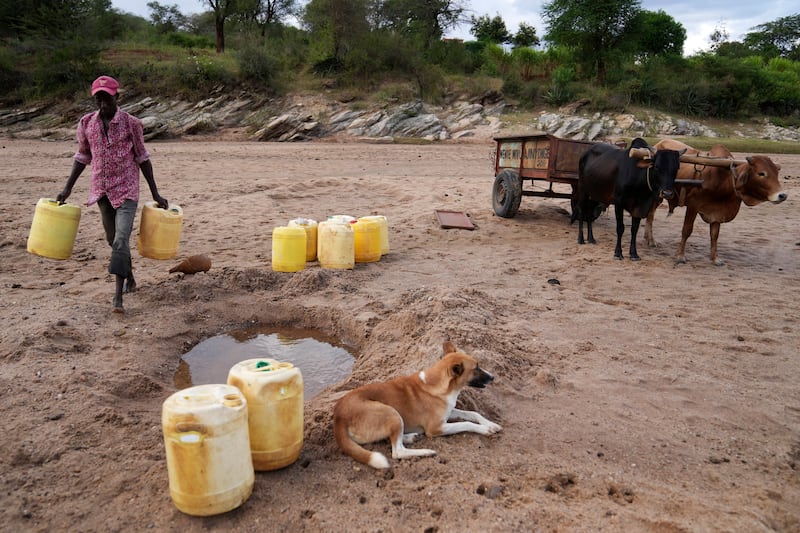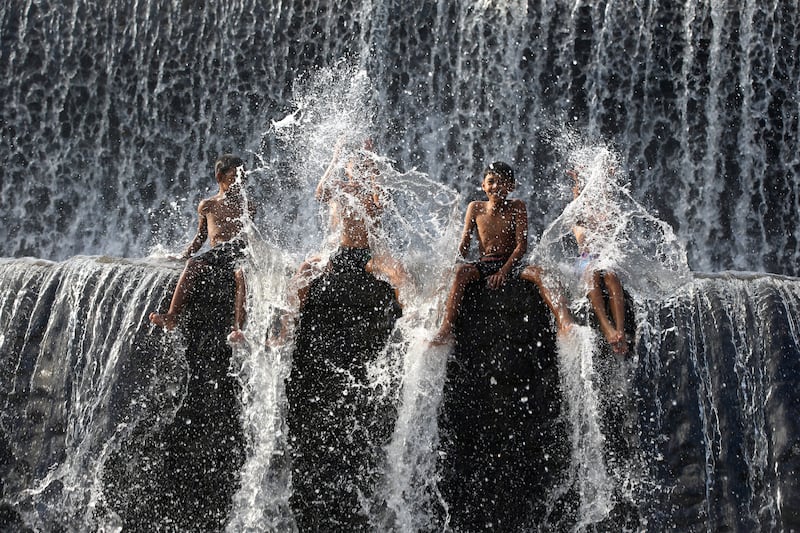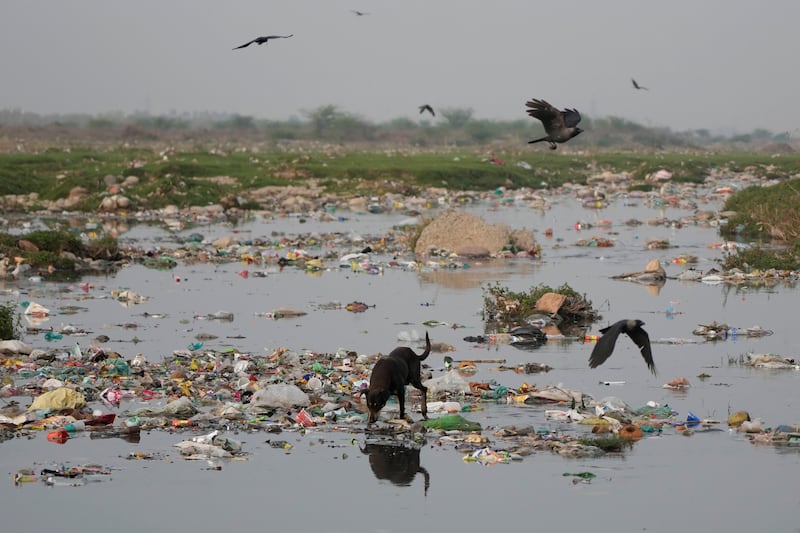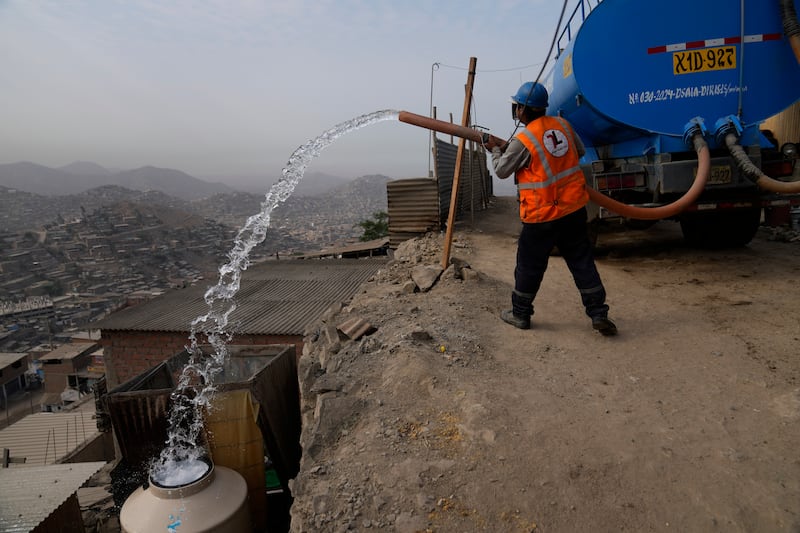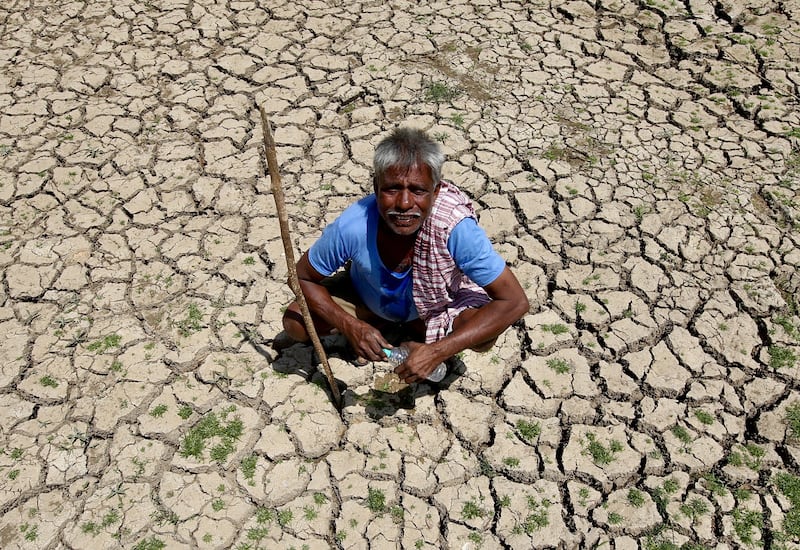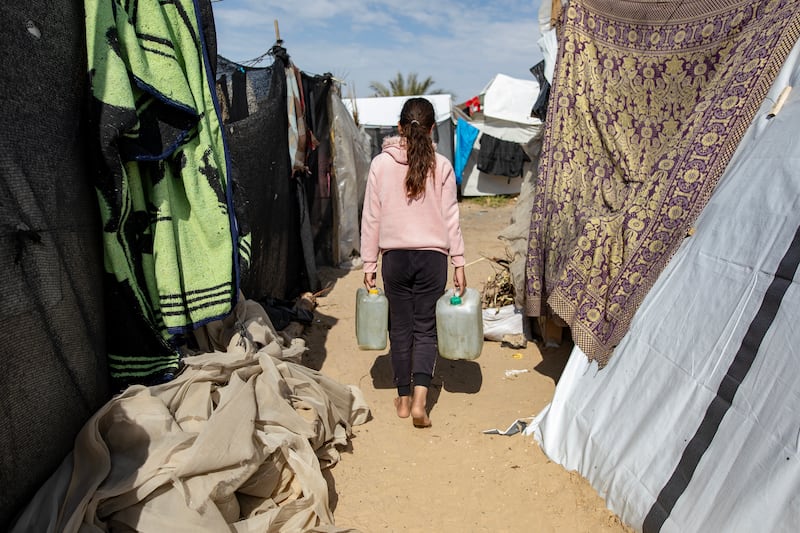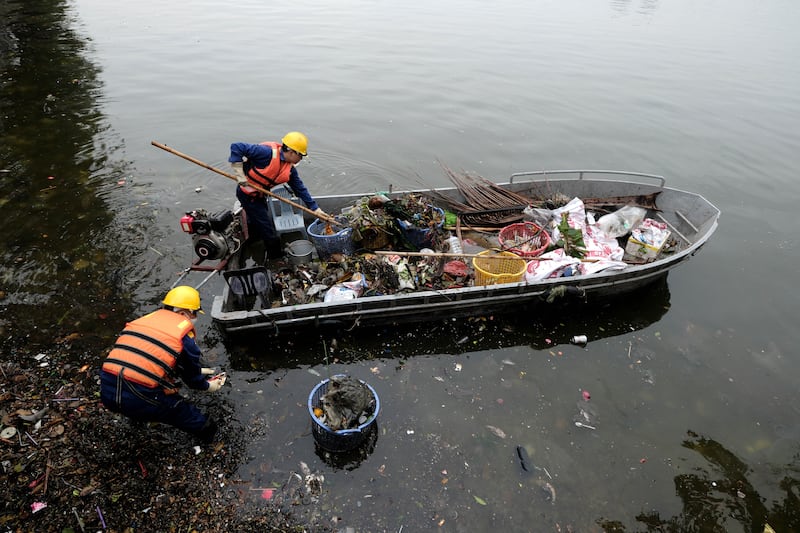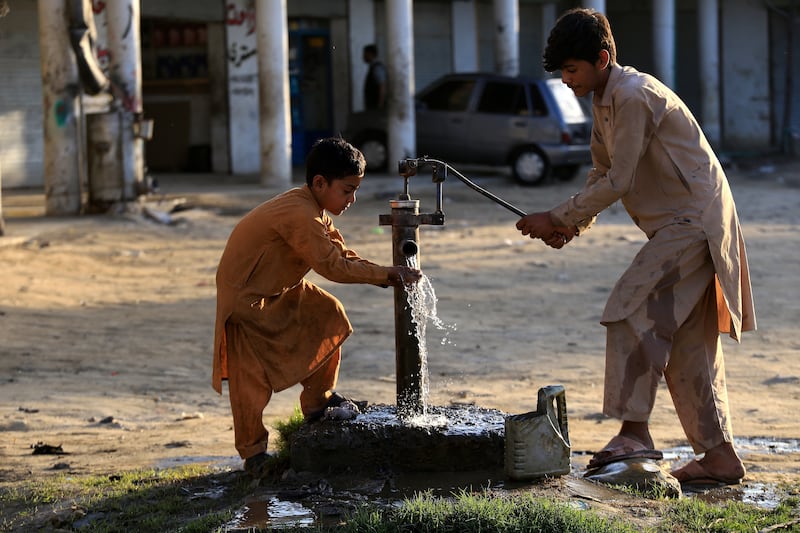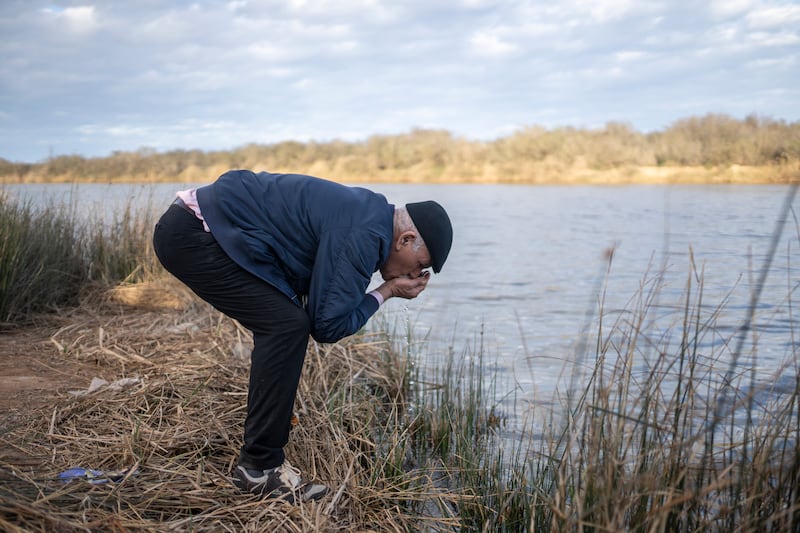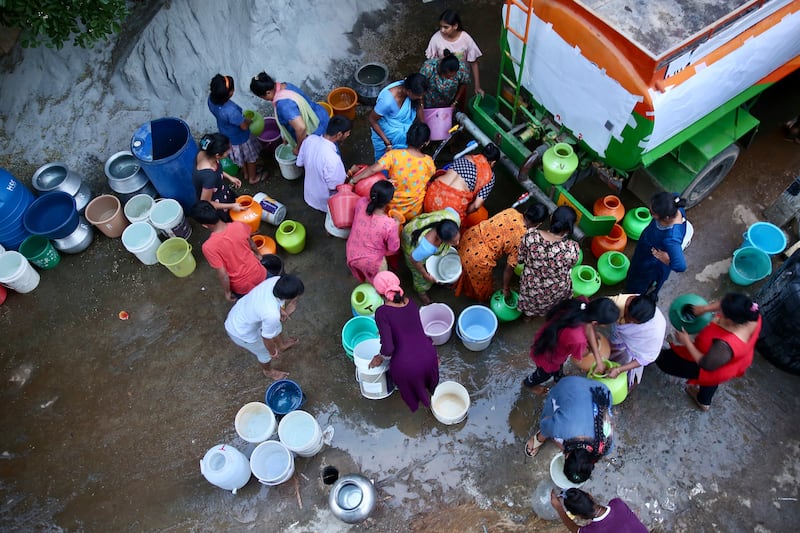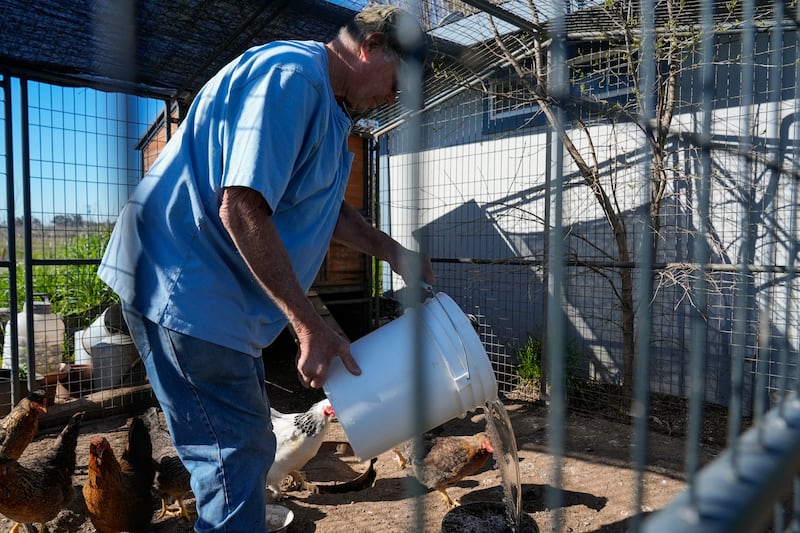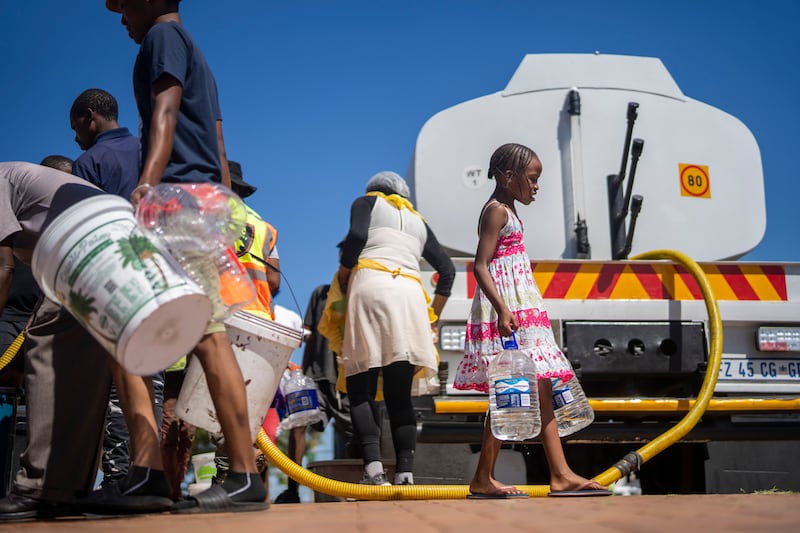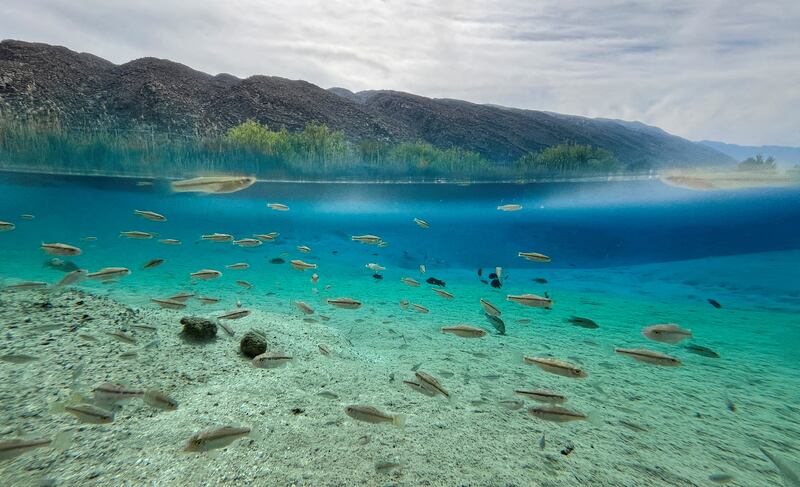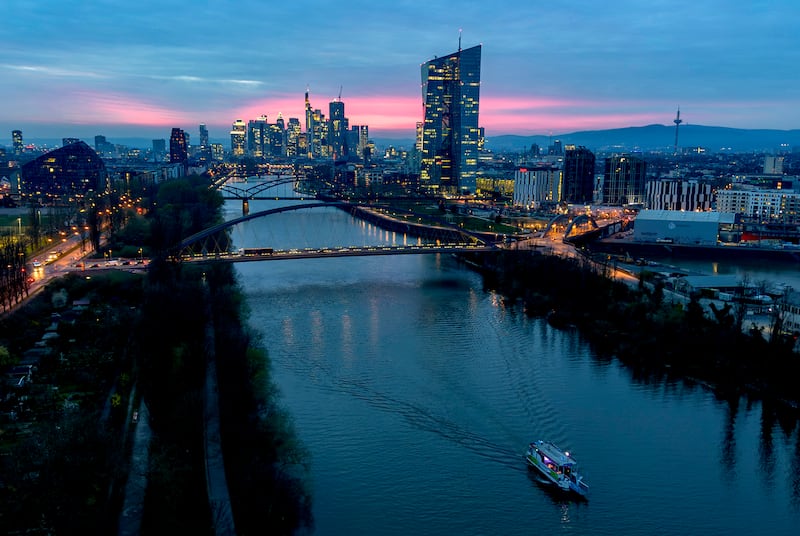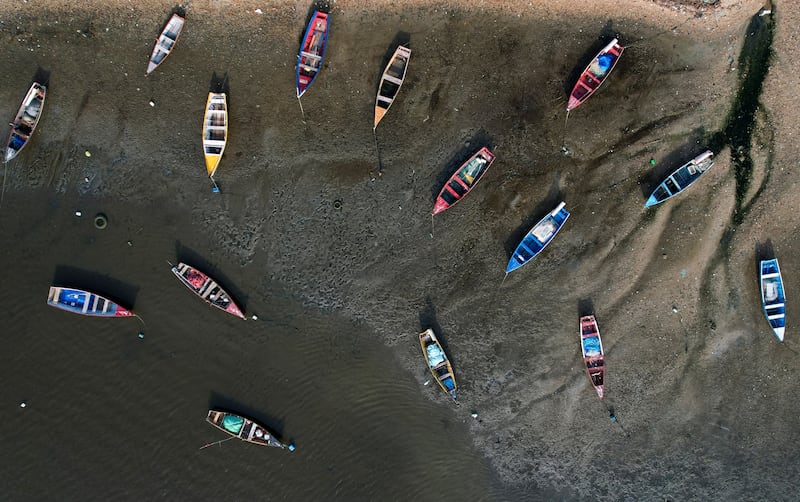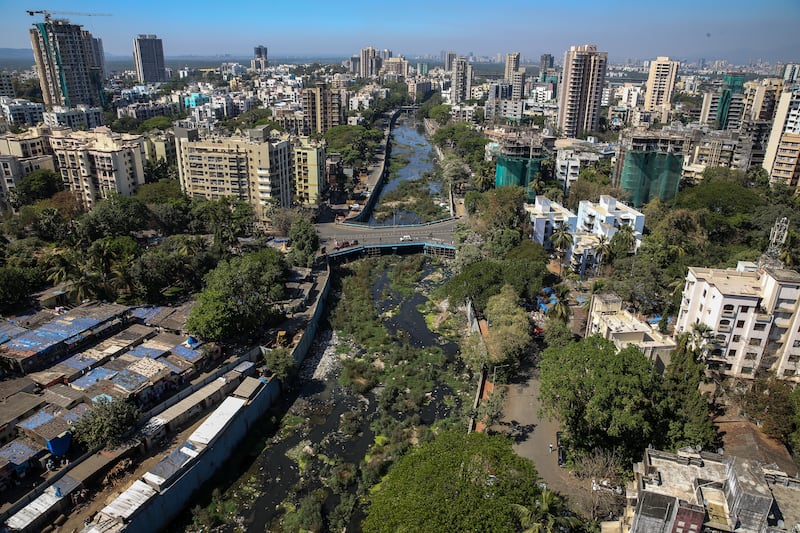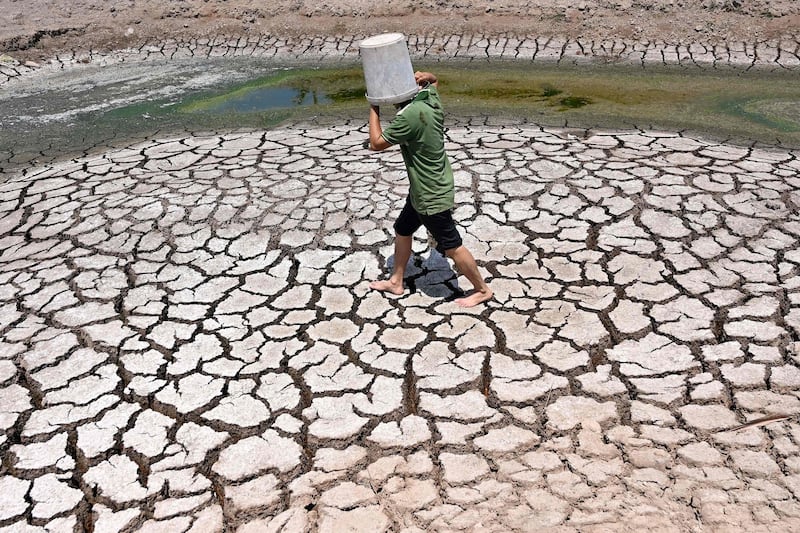Ensuring there is enough water to go around will be one of the world’s biggest challenges as temperatures rise and the population grows.
By the end of this century, the global population is expected to have increased to more than 11 billion, about three billion more than now, putting greater pressure on what are likely to be increasingly scarce water resources.
"In many parts of the world, there’s not enough water already. There are very few scenarios where that gets better," said Asher Minns, executive director of the Tyndall Centre for Climate Change, at the University of East Anglia in the UK.
"We have rain at the wrong times, or it’s torrential or not at all. Rainfall patterns are already shifting."
World Water Day, organised by the UN and held each year on March 22, aims to highlight key issues linked to water supplies, with this year’s theme of "Water for Peace" encouraging co-operation.
The UN states that "water can create peace or spark conflict", a recognition that water has often been a source of tension within and between nations.
Sol Oyuela, executive director for global policy and campaigns at WaterAid, said access to water was a human right. "Unfortunately, the reality is that without access to clean water, we are prone to more global crises, conflicts and pandemics," she said.

“Lack of access to these basic essentials has a huge impact on the climate crisis, the health of communities, economic growth and conflict.
“That’s why World Water Day is such an important day to raise awareness of the water crisis around the world. We won’t stop until everyone, everywhere has clean water.”
Droughts and floods
The effects of climate change are often linked to water, whether they are more severe droughts, greater likelihood of flooding, the melting of glaciers or rises in sea levels.
Some temperate regions are reporting hotter and drier summers and so are likely to require more water in the coming decades, a time when supplies will be put under greater pressure.
Meanwhile, many hotter regions are facing a double whammy of more severe droughts and a greater risk of extreme rainfall that leads to flooding. Communities in countries from Pakistan to Burkina Faso, Ms Oyuela said, face these "chaotic fluctuations", which destroy homes and crops.
UN figures indicate there has been a 134 per cent increase in flood-related disasters since 2000, while the number and length of droughts has gone up 29 per cent.
"As always, it’s the world’s most vulnerable communities who are worst affected," Ms Oyuela said. "Things are only getting worse.
"Terrifyingly, it is estimated that by 2040, one in four children will be living in places where there isn't enough clean water to meet demand. Lives truly are hanging in the balance.”
About half the world’s population experiences severe water scarcity for at least part of the year, and nearly 650 million people struggle to find clean water, the UN says.
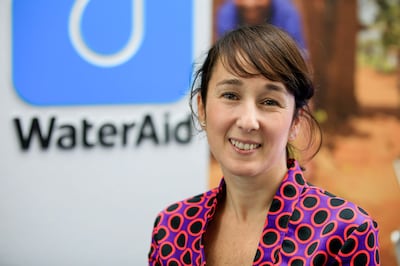
One of the worst-hit countries is Bangladesh, where 3.8 million people do not have access to clean water. The situation is becoming worse because of climate change.
"For example, the Munda people in Bhetkhali village survive on farming, fishing and labouring," Ms Oyuela said, referring to an area in the south-west of Bangladesh.
"Today they are facing the worst weather crisis of their lives. In recent years cyclones, heavy rain and flash flooding have become more frequent, destroying crops, roads and homes, leaving them struggling to survive."
Measures can be taken to help such communities, Ms Oyuela said, such as providing them with access to water systems, rainwater harvesting plants and weatherproof toilets.
After devastating floods hit north-eastern India and Bangladesh in May 2022, affecting a reported nine million people, WaterAid was among that groups that helped communities to recover.
"We disinfected and renovated household toilets and water points such as taps and wells, enabling people to move back home safely once floodwaters receded, and rehabilitated and rebuilt stronger water and sanitation facilities in communities, schools and healthcare centres, helping to build more resilience against future disasters," Ms Oyuela said.
Governments need to invest more in climate-resilient, locally led projects that help communities adapt to the new circumstances brought about by climate change, she said.
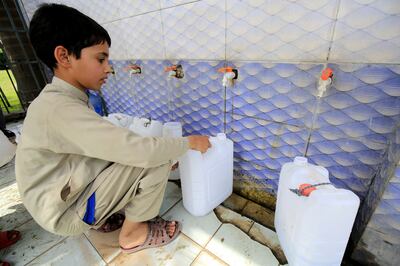
“Greater funding, delivered at pace to the right people, will see communities benefit from robust and reliable water, sanitation and hygiene systems that can withstand any weather," she said. "It’s in the economic interest of governments to invest into these systems rather than pick up the tab for the effects of climate change later down the line."
Water wars
Access to water has long been a source of tension, with the first recorded example of water-related conflict being between city states of ancient Sumer 4,500 years ago, in what is now Iraq.
About 60 per cent of water flowing in rivers is shared by at least two countries, according to figures quoted in a 2011 study. The Nile river basin is shared by no fewer than 11 nations.
Water remains a source of conflict within nations, too, with flare ups often related to access to supplies. This is shown by a database kept by the Pacific Institute think tank that records 1,634 conflicts over water in all of history, 543 of them since 2020.
Modern examples include gunfights in Pakistan over access to irrigation water and deadly clashes between clans in Kenya in disputes over access to water and pasturelands.
Water often gets caught up in wider conflicts, including in Ukraine, where water infrastructure has been heavily damaged following the Russian invasion. In the occupied West Bank, there has been regular tension over water between Palestinians and Israeli settlers and troops.
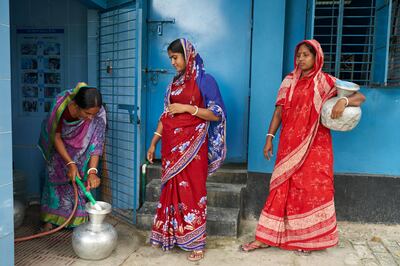
Key regions that face international tension over water include the Tigris-Euphrates basin, which was the scene of the first water conflict 4,500 years ago in Sumer. Today, dam building by Turkey affects downstream flows in Iraq, Iran and Syria.
The Indus River and its tributaries, shared by China, India and Pakistan, is another flashpoint, having been the cause of deadly water-related clashes.
Instability and political upheaval
While there are many areas that experience water-related tension, the idea that climate change will result in more international conflict over water resources is a "simplistic notion", said Dr Delf Rothe, a senior researcher at the Institute for Peace Research and Security Policy at the University of Hamburg, and the author of Securitising Global Warming: A Climate of Complexity.
"There’s no question climate change will intensify water scarcity, especially in the Global South, but that doesn’t deterministically lead to conflict, especially violent conflict," he said. "What we will see is it will lead to further instability, further grievances … and lead to political upheaval and conflict – not large-scale, interstate conflict, but civil conflict, domestic conflict."
The extent of this may depend, he says, on how much temperatures rise. The 2015 Paris Agreement on climate change aimed to limit average global temperature increases to 1.5°C above pre-industrial levels, but it now seems certain that they will exceed this threshold.
"A 3°C or 4°C runaway climate change will lead to massive instability and insecurity that will include water access for sure. That’s why mitigating climate change is so important," Dr Rothe said.
